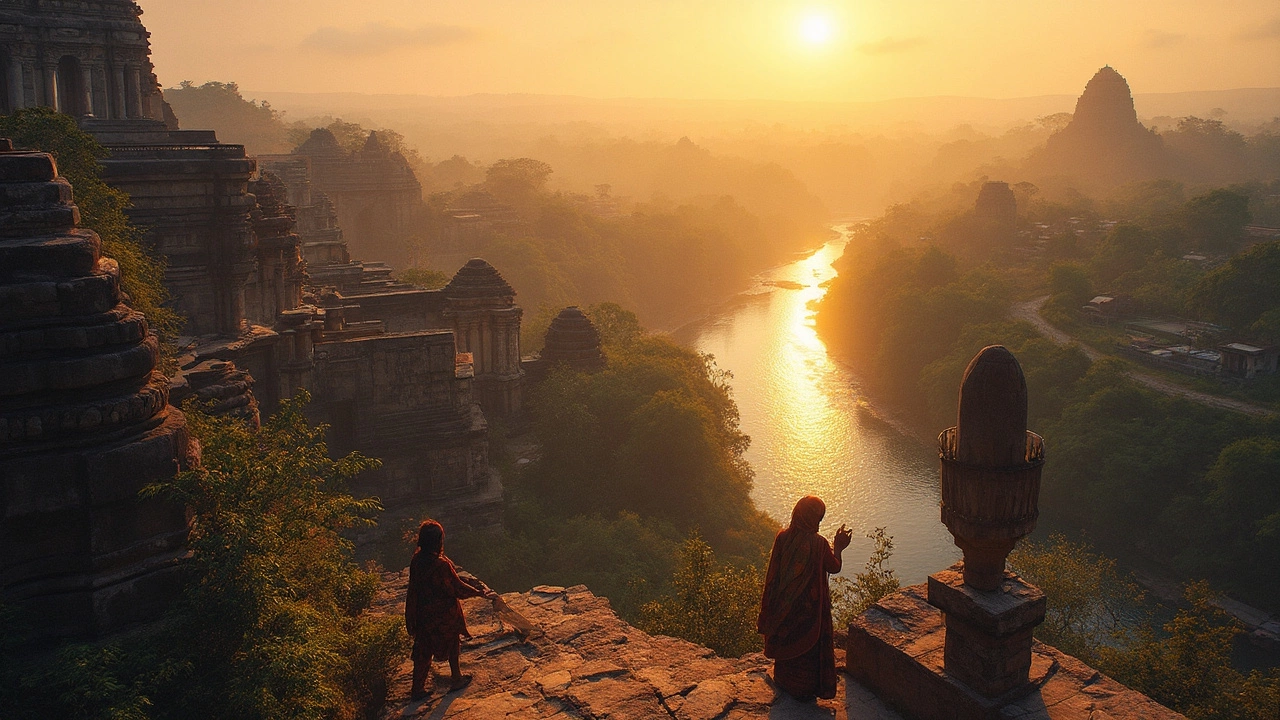SEARCH
Explore India Across Multiple States – Your Practical Travel Starter
India isn’t just a single destination; it’s a patchwork of cultures, landscapes, and cuisines spread over dozens of states. Whether you’re chasing mountain air in Himachal, backwaters in Kerala, or desert sunsets in Rajasthan, planning a multi‑state trip can feel overwhelming. This guide pulls together the most useful advice from our posts so you can hop from one state to the next without missing the beat.
Map Your Route with Real‑World Budgets
Budget anxiety is the first roadblock for most travelers. Our recent article on a 3‑day trip cost in 2025 shows you how to break down daily expenses – from cheap hostel beds to mid‑range hotels. Apply the same formula to a longer itinerary: tally transport, food, and entry fees for each state, then add a 10‑15% buffer for unexpected fees. For example, a 10‑day South India loop (Kerala, Tamil Nadu, Karnataka) typically runs between $800‑$1,200, depending on your comfort level.
State‑Specific Tips You Can Use Right Away
Every state has its quirks. In Kerala, plan your backwater stay around monsoon season (June‑September) for lush scenery but pack mosquito repellent. Tamil Nadu’s best street food – think dosas and filter coffee – shines in the cooler mornings, and it’s easier on the stomach if you avoid heavy oil before long bus rides. Karnataka’s Udupi cuisine offers a vegetarian feast that’s both light and filling, perfect before a trek in the Western Ghats.
If you’re eyeing island escapes, Lakshadweep gives you a Maldives‑like vibe without the pricey resorts. Travel between islands by government ferry to keep costs low, and bring your own snorkeling gear – rental fees can add up fast. Speaking of Maldives, our Lakshadweep vs Maldives comparison shows you how to enjoy comparable beaches for a fraction of the price.
Safety is another piece of the puzzle. South India’s safest state, according to our safety ranking, is Kerala, which boasts low crime rates and friendly locals. That said, always keep valuables secure, especially in crowded train stations. For airport hassles, check out the cleanest and safest Indian airports guide – Delhi, Mumbai, and Bangalore score high on cleanliness and security, making layovers smoother.
Food worries? Our "What to Eat in India" article gives you a quick cheat‑sheet: stick to cooked vegetables, fresh fruit you can peel, and dairy products from reputable vendors. Avoid raw salads from street stalls unless you see high turnover. This simple rule keeps most travelers healthy throughout multi‑state journeys.
When it comes to sightseeing, UNESCO heritage cities like Jaipur, Agra, and Mysore are spread across different states but share easy train links. Buying a rail pass saves both money and time, especially if you’re moving from the north to the south in one trip.
Finally, keep a flexible mindset. Weather can shift quickly, especially in the Himalayas versus coastal regions. Pack layers – think the 3‑layer rule for hiking – and you’ll be ready for cold mornings in Uttarakhand and tropical evenings in Goa.
Ready to start planning? Grab your favorite map, list the states you want to hit, use the budget formulas we shared, and let the adventure begin. India’s diversity is its biggest draw, and with these practical tips, hopping between multiple states becomes a breeze rather than a headache.

Discover India's Unique World Heritage Site Spanning Multiple States
India's incredible World Heritage Sites draw visitors from all around the world. Among them, one unique site stands out by spanning more than one state, offering a distinct historical and cultural richness. This article explores this remarkable site and provides useful tips for those looking to experience its multifaceted beauty.
Continue reading